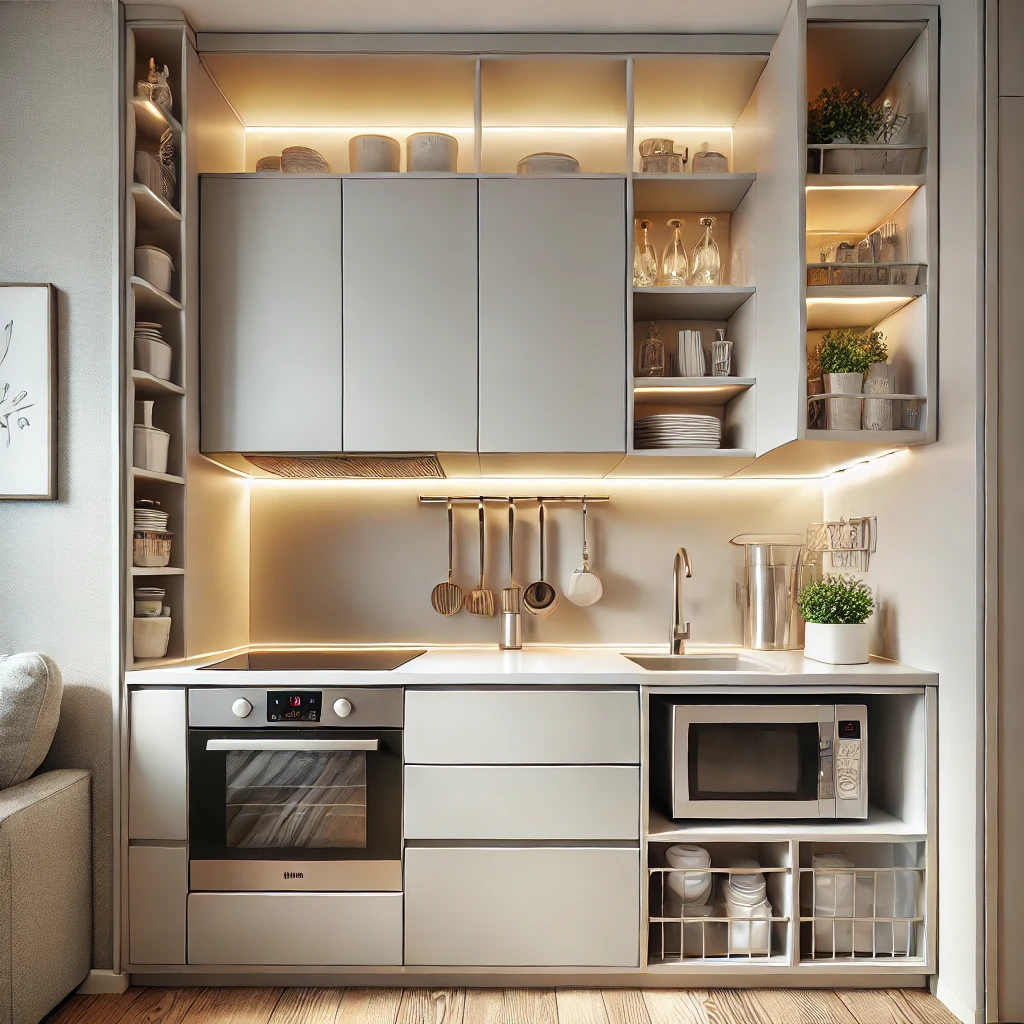Indoor air quality (IAQ) is essential for maintaining a healthy living environment. Poor air quality can lead to various health issues, including allergies, respiratory problems, and headaches. Fortunately, there are several effective ways to improve the air you breathe at home, ensuring a healthier and more comfortable living space. Here are some of the best strategies to enhance indoor air quality.
1. Keep Your Home Clean
Regular cleaning is the foundation of good indoor air quality. Dust, pet dander, and other allergens can accumulate on surfaces, reducing air quality.
- Vacuum Regularly: Use a vacuum with a HEPA filter to effectively capture dust, pollen, and pet hair. Vacuuming carpets, rugs, and upholstered furniture at least once a week can significantly reduce airborne particles.
- Mop Floors: After vacuuming, mop hard floors to remove any remaining dust and allergens. A damp mop is more effective than a dry one in picking up dust.
- Reduce Clutter: Cluttered spaces can trap dust and other allergens. Keeping your home organized and clutter-free makes cleaning easier and more effective.
2. Use Air Purifiers
Air purifiers are an excellent way to improve indoor air quality, especially in rooms where pollutants and allergens are prevalent.
- HEPA Filters: Choose air purifiers with HEPA filters, as they are capable of trapping up to 99.97% of particles as small as 0.3 microns, including dust, pollen, and smoke.
- Placement: Place air purifiers in commonly used rooms like the living room, bedroom, or any area where you spend a lot of time. Ensure the purifier is appropriately sized for the room to be effective.
3. Control Humidity Levels
Excess humidity can lead to mold growth and dust mites, both of which negatively impact indoor air quality.
- Dehumidifiers: Use a dehumidifier to maintain indoor humidity levels between 30% and 50%. This reduces the likelihood of mold and dust mites thriving in your home.
- Ventilation: Ensure that areas prone to moisture, such as bathrooms and kitchens, are well-ventilated. Use exhaust fans during and after activities that produce moisture, like showering or cooking.
4. Introduce Indoor Plants
Certain indoor plants can naturally improve air quality by absorbing toxins and releasing oxygen.
- Air-Purifying Plants: Plants like snake plants, spider plants, and peace lilies are known for their air-purifying properties. These plants can help remove pollutants like formaldehyde, benzene, and carbon monoxide from the air.
- Plant Placement: Place these plants in different rooms to maximize their air-cleaning benefits. However, be mindful of any allergies you or your family members might have to specific plants.
5. Ensure Proper Ventilation
Proper ventilation is crucial for reducing indoor air pollutants and maintaining fresh air in your home.
- Open Windows: Regularly open windows to allow fresh air to circulate. Even in colder months, opening windows for just a few minutes can improve air quality by reducing indoor pollutant levels.
- Mechanical Ventilation: Consider installing an energy-efficient ventilation system that can help exchange stale indoor air with fresh outdoor air, even when windows are closed.
6. Use Natural Cleaning Products
Many conventional cleaning products contain chemicals that can release volatile organic compounds (VOCs) into the air, reducing indoor air quality.
- Eco-Friendly Cleaners: Opt for natural, non-toxic cleaning products that are free of harsh chemicals. You can also make your own cleaners using ingredients like vinegar, baking soda, and lemon juice.
- Avoid Aerosols: Minimize the use of aerosol sprays, which can release VOCs into the air. Instead, use pump sprays or solid cleaning products.
7. Avoid Synthetic Fragrances
Synthetic fragrances in air fresheners, candles, and cleaning products can release harmful chemicals into the air.
- Natural Alternatives: Use natural essential oils or beeswax candles for fragrance. These alternatives are less likely to emit harmful VOCs and can still make your home smell pleasant.
- Ventilate After Use: If you do use products with synthetic fragrances, ensure the room is well-ventilated to minimize the buildup of harmful chemicals.





